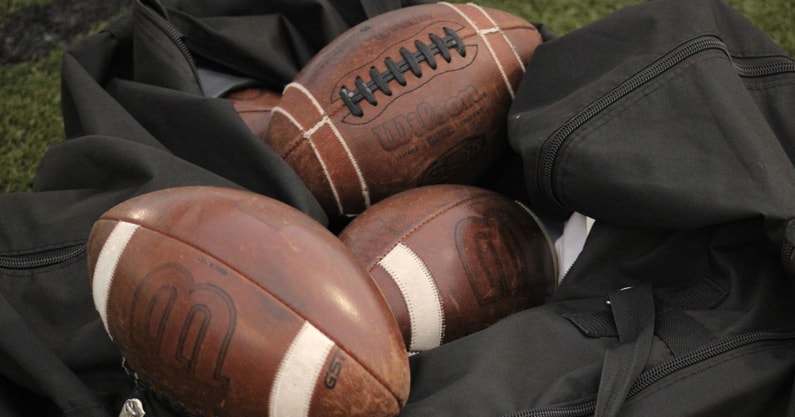a continuous effort to balance fairness, transparency, and control in college athletics, the NCAA has once again made significant changes to its recruiting rules. These modifications come amid growing pressure from coaches, athletes, and the public, who have raised concerns about the intense nature of recruiting, particularly for high school athletes. The latest rule changes are aimed at enhancing the recruiting experience, minimizing undue pressure on young athletes, and promoting a healthier balance between academics and athletics.
### Why the NCAA Continues to Tweak Recruiting Rules
The NCAA’s role in managing recruitment for college sports has always been complex. It serves as a regulator that sets boundaries to prevent unfair advantages, while ensuring athletes and their families can make informed, reasonable decisions. However, as college sports become increasingly competitive and lucrative, pressure to recruit athletes earlier and more aggressively has mounted. With more high-profile incidents of recruiting violations, early commitments, and even verbal offers to middle schoolers, the NCAA has recognized a need to take action to create a more structured, ethical recruiting landscape.
These changes aim to address issues that include the mental and emotional strain on young athletes, the blurring of boundaries between recruiting seasons, and the rise of “unofficial” interactions between coaches and recruits outside of the official recruiting periods. Additionally, the transfer portal and NIL (Name, Image, and Likeness) deals have reshaped how athletes view their college careers, making the recruiting process more complicated than ever.
Key Changes in the New NCAA Recruiting Rules
While specific details may vary across sports, the recent updates primarily focus on reducing early recruiting and limiting contact between college coaches and high school athletes in certain periods. Here are some key points of the updated rules:
1. Later Start to Official Visits: To curb early commitments, the NCAA has pushed back the timeline for official visits in many sports. This change is expected to give athletes more time to weigh their options and focus on their high school experiences without the pressure of immediate recruitment.
2. Restricted Communication Periods: There are now more defined “dead periods” where coaches are prohibited from reaching out to recruits. These periods are designed to reduce the year-round recruiting pressure on athletes and allow them to focus on academics or other activities without constant outreach from programs.
3. Limitations on Verbal Offers: While verbal offers are not binding, they have become increasingly common among coaches looking to secure talent early. The NCAA has placed new restrictions on when verbal offers can be made, aiming to prevent very early commitments and ensuring that recruits have ample time to make thoughtful decisions.
4. Stronger Emphasis on Academics: With the new rules, the NCAA is encouraging programs to highlight academic opportunities and make clear commitments to athletes’ educational futures. This change aims to remind recruits and programs alike that student-athletes are, first and foremost, students.
The Response from Coaches, Recruits, and Fans
The NCAA’s changes have garnered mixed reactions from coaches, athletes, and their families. Many coaches appreciate the added structure, noting that it helps level the playing field and reduces the recruiting “arms race” that often pressures programs to recruit earlier each year. For athletes and their families, the changes may bring a sense of relief, as they provide more time and space to consider their options without feeling overwhelmed by constant outreach.
However, some critics argue that the rule changes could make recruiting more challenging for programs with limited resources, as they have fewer chances to engage with top-tier recruits. Others worry that the restrictions on communication may unintentionally create a barrier between coaches and recruits, potentially leading to rushed or poorly informed decisions.
The Road Ahead for NCAA Recruiting
As college athletics continue to evolve, the NCAA will likely continue refining its approach to recruiting. This latest round of rule changes reflects a commitment to adapting to the unique challenges of today’s college sports environment. While some skepticism and challenges remain, the NCAA hopes these adjustments will lead to a healthier and more sustainable recruiting process that benefits athletes, coaches, and programs alike.
